Many nursery rhymes are traditional songs with dark origins. The songs that seem harmless and even funny in today’s world may be related to gruesome real-life incidents in the past. See Saw Margery Daw was first published in 1765. The original version is totally different from the modern version, though both have issues.
Curious to know more? Want to find out who Margery Daw is? Continue reading to find out the different interpretations and meanings behind the rhyme. The older version is an example of how the English language and its meanings have changed over the years.
Written Lyrics
Older Version
See-saw, Margery Daw,
Sold her bed and lay on the straw;
Sold her bed and lay upon hay
And pisky came and carried her away.
For wasn’t she a dirty slut
To sell her bed and lie in the dirt?
*
Modern Version
See Saw Margery Daw,
Jacky shall have a new master;
Jacky shall earn but a penny a day,
Because he can’t work any faster.
Printable Lyrics
Save the printable PDF with two versions of the lyrics of See Saw Margery Daw. Click here to download.
Photo Lyrics
Download the below image to your device(attached).
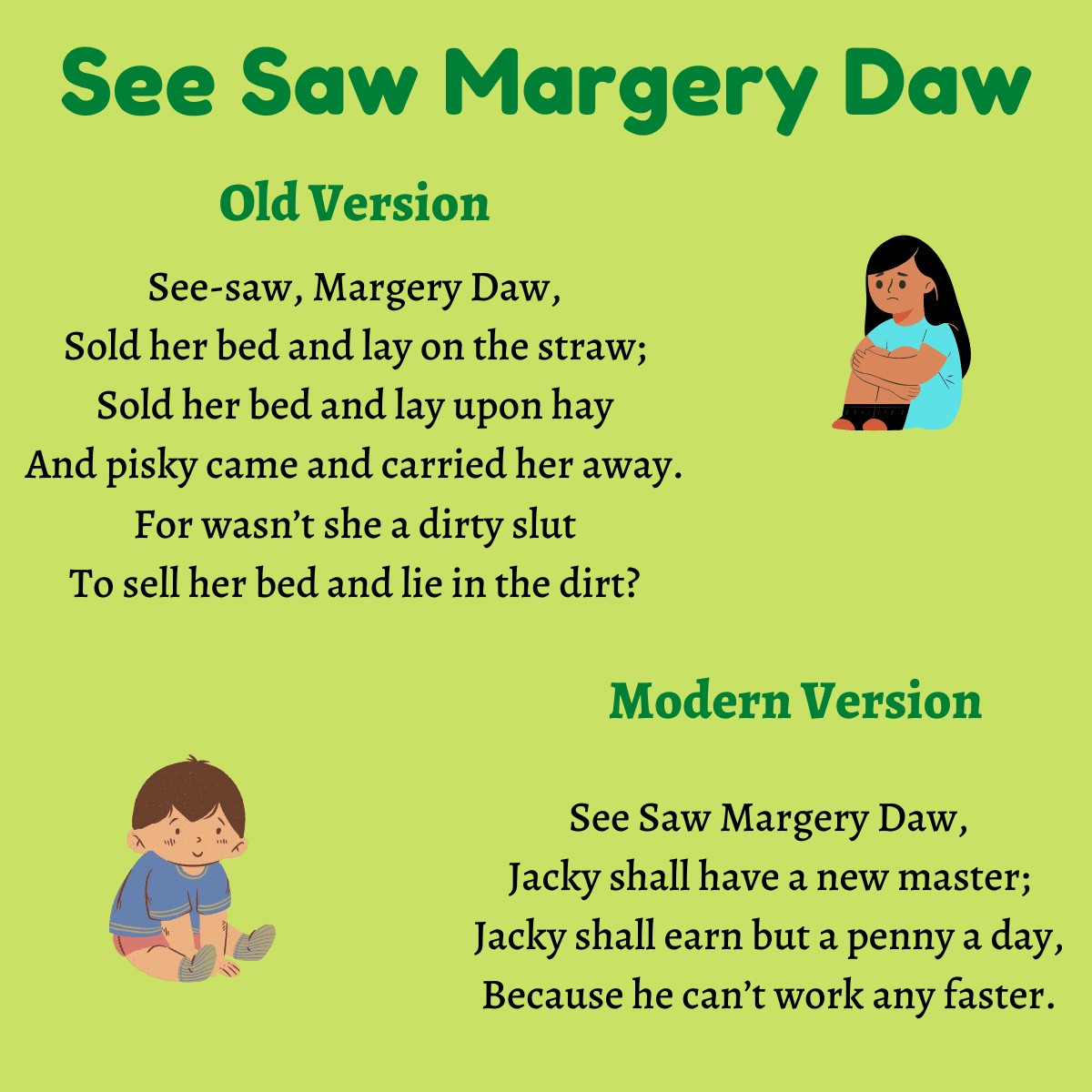
Video Links
Watch an animated video of the rhyme with lyrics:
Here’s another video:
Origins and History
See Saw Margery Daw is an 18th-century traditional folksong. Roud Folk Song Index lists it at 13028. The famous Mother Goose’s Melody, published in 1765, contained the modern version of the song. There’s no specific information about when the older version was used. However, there’s a theory that it could belong to the Scots, based on the words used in the rhyme.
So what is the history behind the rhyme?
Well, there are quite a few theories about it.
Firstly, it’s said that the song was sung by sawyers when at work. The simple rhyme kept the rhythm going as they sawed large logs into smaller pieces. The title, See Saw Margery Daw, hints at the sawing movement rather than the see-saw game kids play in the playgrounds. Margery Daw is not a person but an imaginary name that rhymes with See Saw.
Not so bad, huh? There’s more.
If you observe the lyrics, you’ll notice the rhyme is about someone called Jacky and how he has a new master. Some say that the rhyme is about child laborers during the Victorian Era. Kids from well-to-do families would tease poor kids who had to work all day to earn meager amounts and help their parents.
The rhyme goes on about how Jacky can earn only a penny per day because he cannot work faster. Jacky could be Johnny or a kid with any name. The theme continues to be the same.
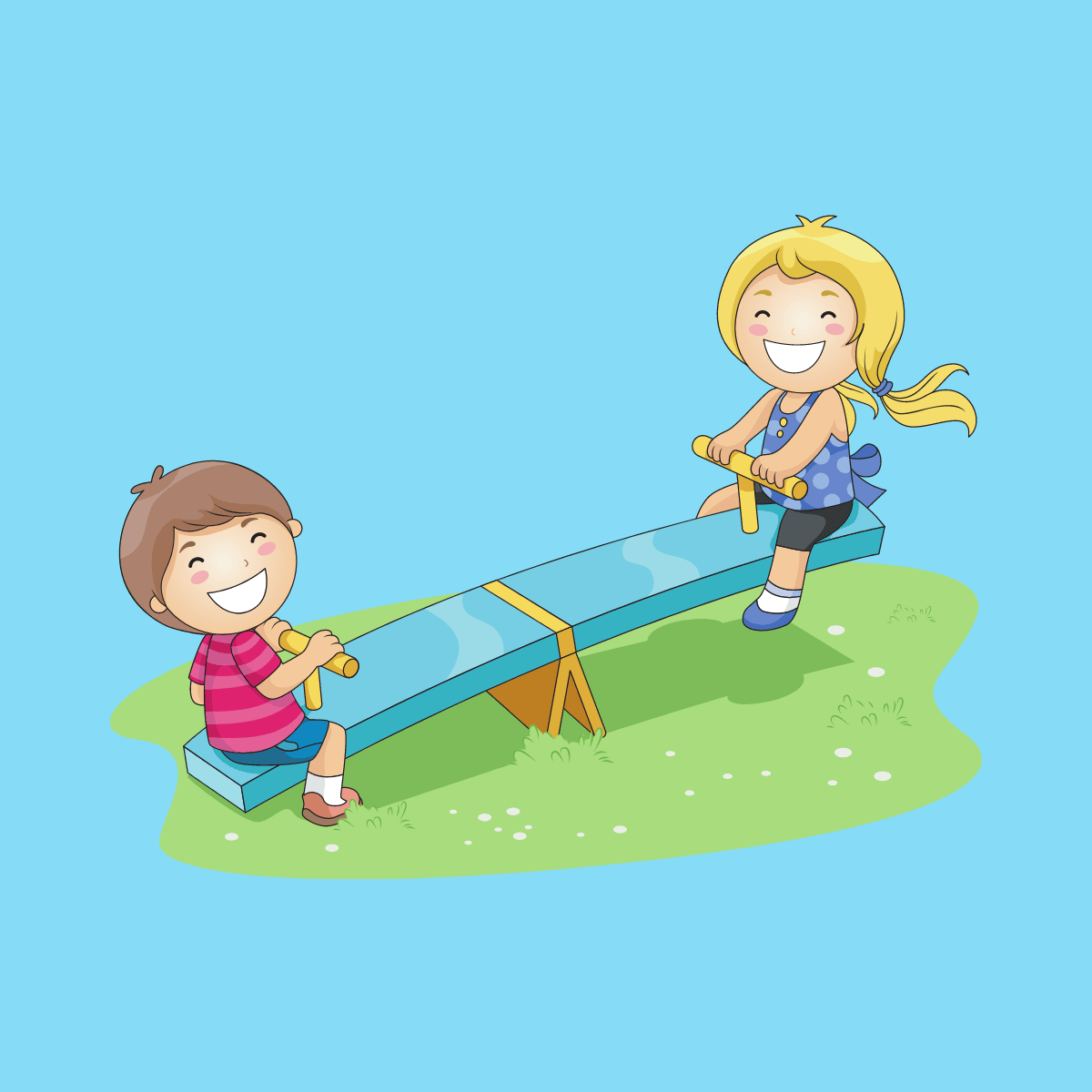
FAQs
James William Elliott collected the rhyme in his National Nursery Rhymes and Nursery Songs, published in 1870. It’s said that the melody is first associated with this version.
The older version is about a girl who sold her bed to lie on the hay. The word slut in the rhyme implied an unclean or dirty woman and had no sexual connotations as it does today.

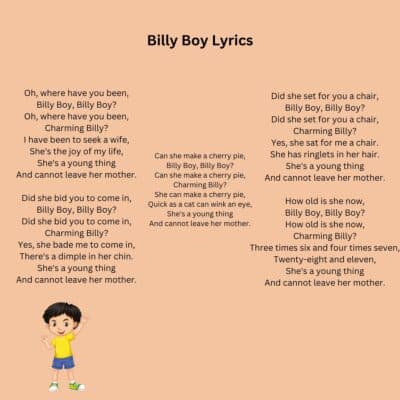
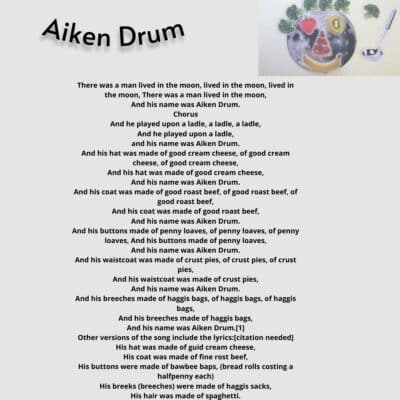
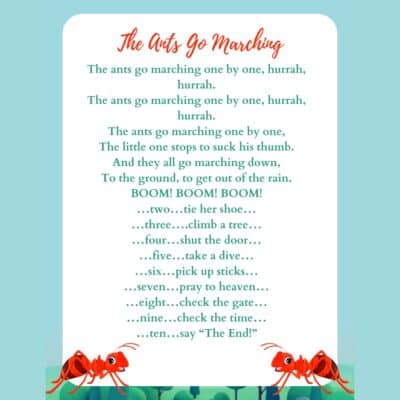
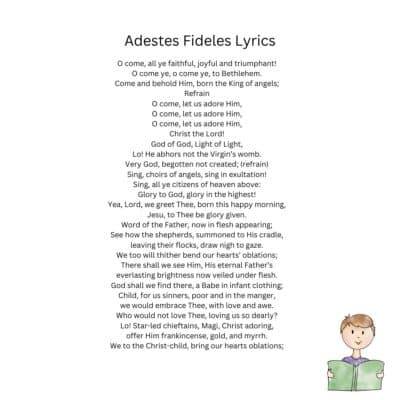
Leave a Reply